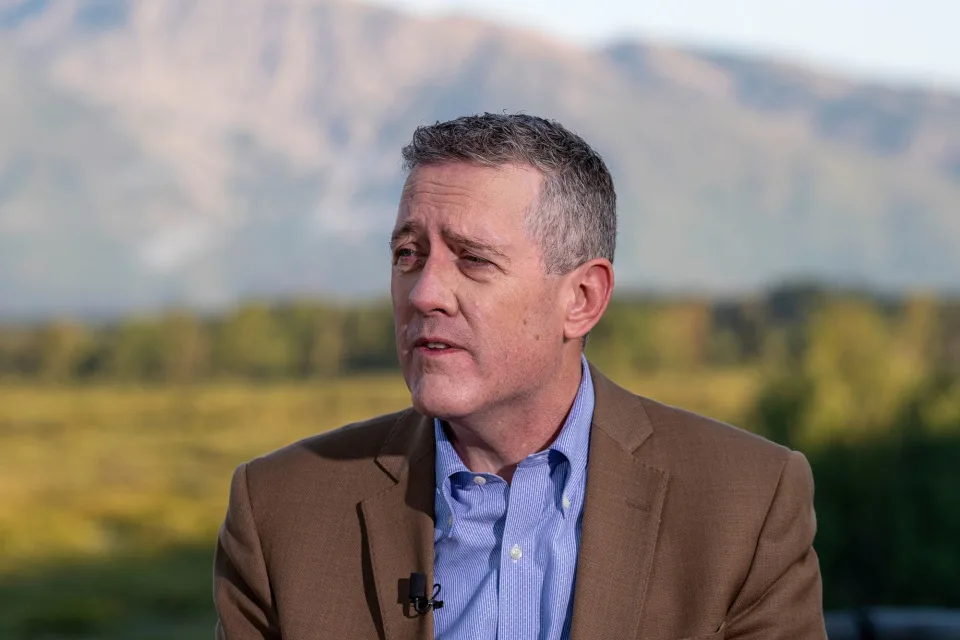Federal Reserve Bank of St. Louis President James Bullard said financial markets are underestimating the chances that policymakers will need to be more aggressive next year in raising interest rates to curb inflation.
“There is still a heavy degree” of expectations that inflation will go away naturally, Bullard said Monday in a webcast interview with MarketWatch and Barron’s.
US stocks extended losses and Treasury yields rose following Bullard’s comments. New York Fed President John Williams also issued a speech at about the same time saying officials have more work to do to curb inflation that remains “far too high.”
Fed officials have signaled they plan to raise their benchmark rate by 50 basis points at their final meeting of the year on Dec. 13-14, after four successive 75 basis-point hikes. But policymakers could also raise their forecasts for how high interest rates will eventually go when they update their economic projections during the meeting in the face of persistently high inflation.
The main rate is currently in a target range of 3.75% to 4%.
Bullard on Monday reiterated his view that the Fed needs to at least reach the bottom of the 5% to 7% range to meet policymakers’ goal of being restrictive enough to stamp out inflation near a four-decade high.
Minutes from the Nov. 1-2 gathering showed widespread support among officials for calibrating their moves, with a “substantial majority” agreeing it would soon time to slow the pace of rate increases. But views around how high they will eventually need to lift borrowing costs was less clear, with “various” policymakers seeing a case for going somewhat higher than expected.
Investors expect the Fed to slow down next month with rates peaking around 5% next year, according to pricing of contracts in futures markets.
While Fed officials have sought to reduce US growth to below trend as a way to douse inflationary pressures and cool a labor market they view as overheated, the economy has remained resilient.
Policy makers will get the latest read on employment on Friday, with forecasters looking for payroll additions of around 200,000 in November and the unemployment rate expected to stay at 3.7%.
“Labor markets continue to be extremely strong,” Bullard said, citing projections for adding 200,000 jobs. The strength gives Fed officials license to pursue a disinflation strategy, he said.
While economists see a recession as more likely than not, Bullard said he sees slow growth, rather than a recession, as the more probable outcome. Economic growth estimates for the fourth quarter are looking strong, as shown by the Atlanta Fed’s GDPNow forecasting model, Bullard said.

